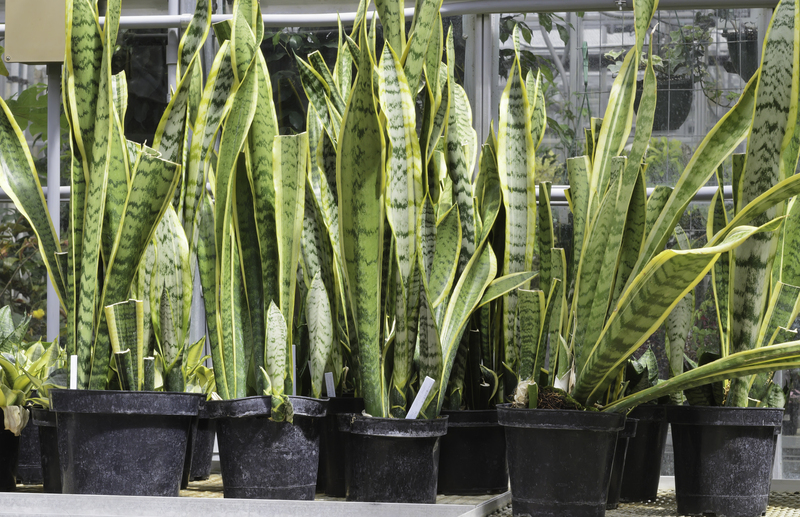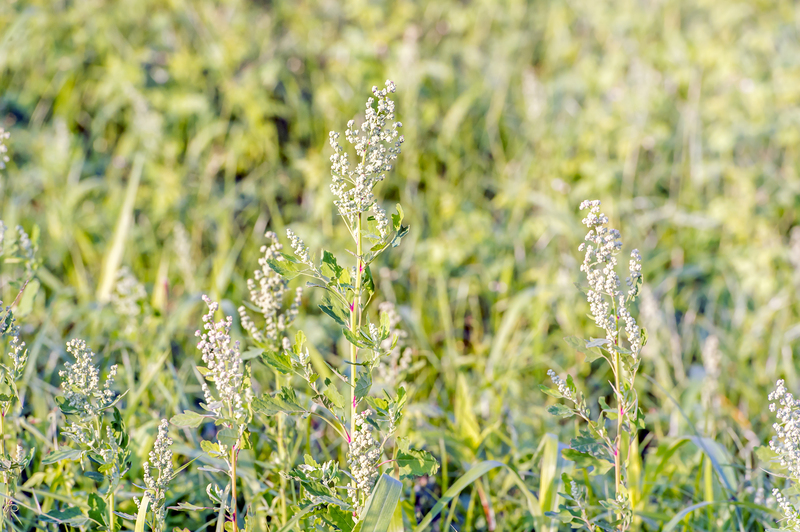Guide to Indoor Rose Care
Posted on 29/03/2025
Roses are one of the most beloved flowers, symbolizing love, beauty, and passion. While they are traditionally grown outdoors, many gardening enthusiasts are cultivating them indoors for their year-round beauty. Caring for indoor roses can be quite different from their outdoor counterparts. This article provides a complete guide to indoor rose care.
Choosing the Right Rose
Not all rose varieties are suited for indoor growth. Miniature roses, specifically bred for container gardening, make the best indoor plants. They are compact and have a shorter growth cycle, which makes them more manageable indoors.

Pot Selection
Choose a pot with adequate drainage to prevent waterlogging, which can lead to root rot. A pot with a diameter of 6-8 inches is usually ideal for most miniature rose varieties. Ensure it has enough room for the plant to grow but not too large that it retains excess moisture.
Soil Requirements
Use a high-quality potting mix that offers good drainage and aeration. A mix of peat, perlite, and compost tends to work well for indoor roses. Avoid using garden soil as it can compact and hinder root growth.
Light and Temperature
Roses require a lot of light to thrive. Place them in a location where they receive at least 6 hours of direct sunlight per day. South-facing windows are ideal. You may also use grow lights to supplement natural light, especially during winter months.
Roses prefer temperatures ranging from 65?F to 75?F during the day and slightly cooler at night. Avoid placing them near drafts or heat sources like radiators.
Watering and Humidity
Watering is critical for indoor roses. Keep the soil consistently moist but not waterlogged. Water when the top inch of the soil feels dry. The frequency may vary depending on the climate and season.
Indoor environments can be dry, especially with central heating. Humidity levels between 40% and 60% are perfect for roses. Use a humidifier or place a tray of water near the plant to maintain adequate humidity.
Feeding and Fertilizing
Roses are heavy feeders and require regular fertilization. Use a balanced liquid fertilizer every two weeks during the growing season (spring through fall). Reduce feeding during the winter when the plant's growth slows down.
Pruning and Deadheading
Regular pruning helps maintain the shape and promote blooming. Remove any dead or yellowing leaves, and trim any leggy growth. Deadheading spent flowers encourages new blooms and prevents the plant from diverting energy into seed production.
Dealing with Pests and Diseases
Indoor roses are susceptible to pests like aphids, spider mites, and powdery mildew. Regularly inspect the plant for any signs of infestation. Use insecticidal soap or neem oil to treat pests. Ensure good air circulation and avoid overhead watering to prevent fungal diseases.
Pros and Cons of Growing Roses Indoors
Pros:
- Year-round beauty and blooms.
- Can be grown in any weather condition.
- Control over environmental conditions like light, temperature, and humidity.
Cons:
- Requires more attention and care compared to outdoor roses.
- Limited space can restrict growth.
- Pests and diseases can be more challenging to manage.
Tips
- Rotate the pot periodically to ensure even light distribution.
- Use a moisture meter to avoid over or underwatering.
- Keep the leaves dry to minimize fungal infections.
- Pinch back new growth to encourage bushiness and more blooms.

Takeaways
- Choose miniature rose varieties for indoor growth.
- Ensure adequate light, preferably 6 hours of sunlight or grow lights.
- Maintain consistent moisture but avoid waterlogging.
- Prune and deadhead regularly to encourage blooming.
Conclusion
Growing roses indoors can be a rewarding experience, offering lush blooms and a beautiful ambiance to your home. By following these guidelines on pot selection, soil, light, watering, and pest management, you can enjoy thriving indoor roses year-round. While it requires some attention and care, the beauty and elegance these plants bring make it worth the effort. Happy gardening!




